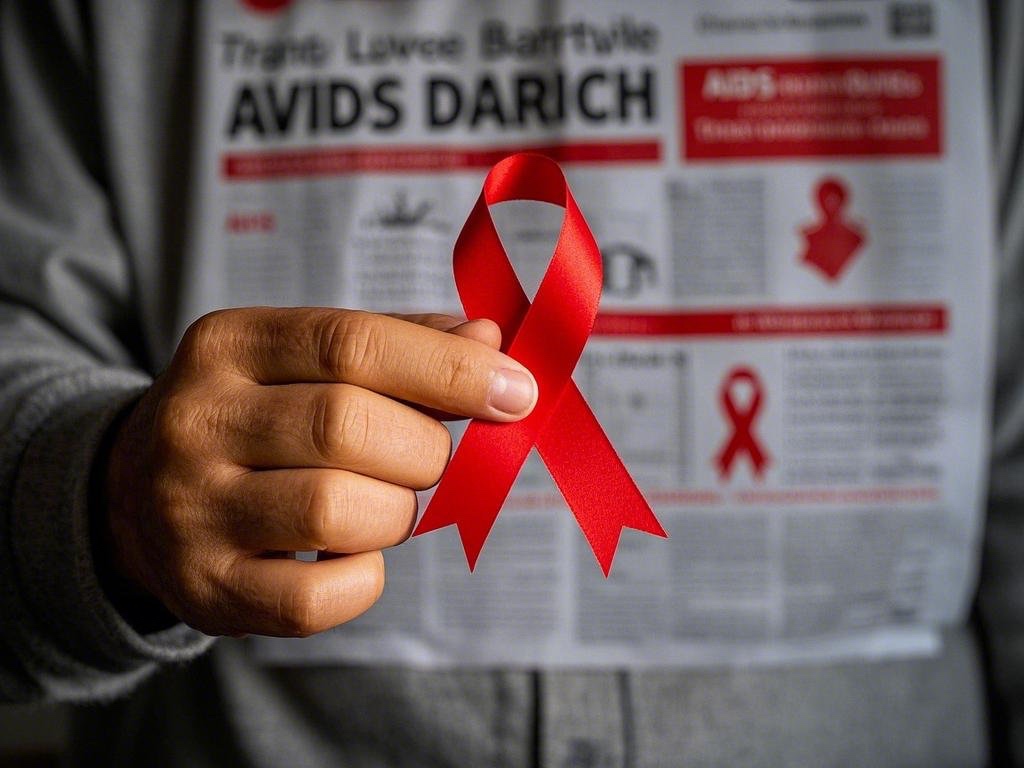Sex scenes are back, baby—and they're bolder than ever. After years of puritanical backlash and sterile streaming algorithms, 2024 is witnessing a full-throttle return of on-screen intimacy that doesn’t just fade to black. Audiences are craving raw, authentic portrayals of desire again, and filmmakers are delivering with scenes that prioritize chemistry over choreography and emotional stakes over shock value. This isn’t just about nudity for clicks; it’s about storytelling that embraces human connection in all its messy, thrilling complexity.
Why the Sudden Shift?
Remember when every other show felt like it was allergic to sex? The pendulum swung hard after the #MeToo era, with studios overcorrecting by sanitizing scripts or reducing intimacy to awkward, PG-13暗示. But audiences noticed—and got bored. The resurgence isn’t just rebellion; it’s a demand for nuance. Shows like Normal People and Bridgerton proved that sex scenes can be pivotal to character development when done with intention. Now, even prestige dramas are ditching the "two actors grinding under a sheet" cliché for sequences that actually reflect how desire works in real life: awkward, electric, and sometimes laughably human.
The New Rules of On-Screen Intimacy
Gone are the days of exploitative camera angles and cringe-worthy simulated moans. Today’s sex scenes are crafted with intimacy coordinators—a job that didn’t even exist a decade ago—ensuring consent and comfort while preserving artistic vision. Take The Idol or Challengers: these projects use sex as narrative punctuation, not just titillation. The camera lingers on trembling hands or a whispered conversation, making the act feel earned rather than gratuitous. It’s a delicate balance, but when it works, it’s magnetic.
Streaming’s Secret Role
they’re rewatching it. Euphoria’s infamous hallway scene or Outlander’s time-traveling trysts dominate social media chatter because they’re unapologetically visceral. Streaming execs have finally realized that sex, when woven into the story authentically, isn’t a liability—it’s a hook.
The Feminist Reclaiming of Desire
This revival isn’t just steamy; it’s political. Female directors like Emerald Fennell (Saltburn) and Mimi Cave (Fresh) are framing sex through a lens of female agency, where pleasure isn’t implied but explored. Think of Poor Things’ unflinching scenes—Emma Stone’s character owns her sexuality without apology. It’s a far cry from the male-gazey tropes of the past, and audiences (especially women) are here for it. The message is clear: desire isn’t dirty when it’s depicted with honesty and respect.
What’s Next? The Future of On-Screen Sex
Expect things to get even more daring. With AI and deepfake concerns looming, real, human intimacy on screen feels like a radical act. Indie films are experimenting with longer, more immersive scenes (à la Blue Is the Warmest Color), while TV pushes boundaries with queer narratives that refuse to shy away from passion. The goal? To make sex scenes feel less like obligatory checkboxes and more like the heartbeat of a story. After all, if we can watch zombies gnaw on entrails, why should consensual intimacy be taboo?
So here’s to 2024—the year sex scenes stopped apologizing. Whether it’s a slow-burn period drama or a gritty urban thriller, the new era of on-screen intimacy is about depth, not just décolletage. And honestly? It’s about damn time.
























